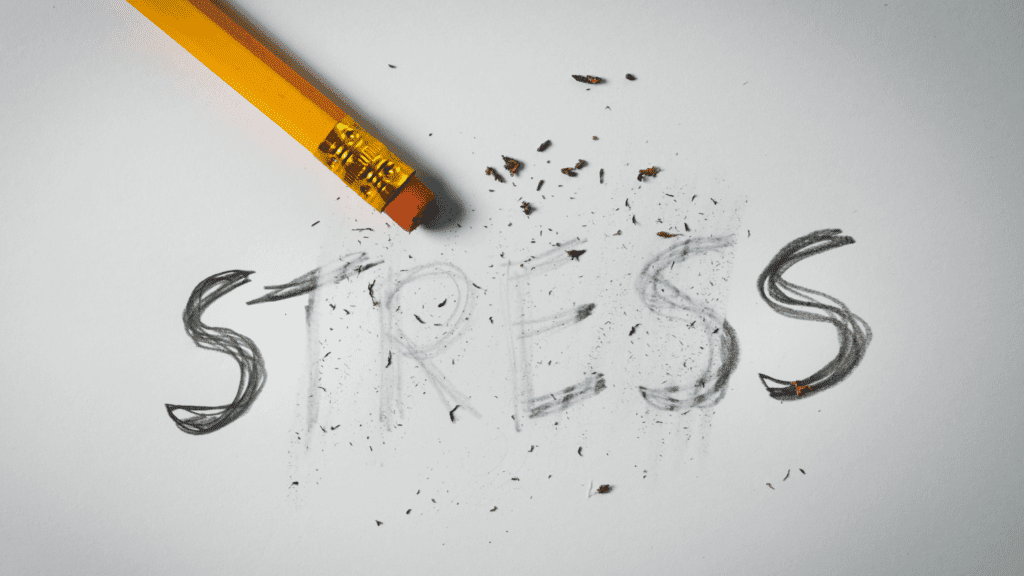Organizational stress ranks higher than the economy, household obligations, and personal health situations. Other analyses document similar conclusions: Forbes reports that “general employee stress levels have grown nearly 20% in three decades.” In addition, the Center for Workplace Mental Health claims, “Extreme workplace stress generates a staggering 120,000 deaths and results in nearly $190 billion in healthcare expenses each year.”
The American Institute of Stress recently published a study stating, “80% of workers handle stress on the job, almost half declare they require assistance in knowing how to address stress, and 42% say their coworkers require such service.”
It is apparent that work-related anxiety concerns many Americans, but why? The explanation may lie in social modifications.
The CDC notes that work is rapidly changing. The expectation of employees is for them to work extended hours and for less pay.
The results of the workplace environment landscape include fear, uncertainty, and of course, stress. Stress results from emotional, physical, social, economic, or other factors that require a response to change. Workplace stress refers to the harmful reactions when job requirements do not match the employee’s capabilities, resources, or needs.
It will benefit everyone if we understand that job stress differs from being faced with a workplace challenge. Sometimes these events can motivate your employees to learn and master new skills. However, the challenge is essential to productive work, and some pressure is okay.
When stress transpires rapidly, and in immense quantities, it can negatively impact mental and physical soundness. The capacity of employees to deal with career stress can define whether they succeed or fail in a role. Fortunately, as the completion of more research occurs, employers and leaders better understand job stress and how to prevent it. For employees, finding ways to manage stress in the workplace is vital.
Causes of Organizational Stress
Occupational Health and Safety define workplace stress as possessing various origins or coming from just one aspect of a worker’s responsibilities.
The effects are far-reaching: Organizational stress can affect employers and employees. The economy is presently rebounding from the pandemic, but job security is uncertain.
Downsizing, layoffs, mergers, and bankruptcies frequently occur. Therefore, this means significant modifications for staffers. However, even when job loss does not transpire, employees may encounter expanded responsibility, elevated production demands, fewer benefits, and pay cuts.
In general, this constructs an environment of tension around the office.
Some of the bases of stress at work recognized by the CDC and APA contain the following:
- Diminishing morale: When enthusiasm is intense, employees often feel helpless. Therefore this, in turn, drives them to a state of complacency, which causes productivity to suffer. Some of the most stressful careers include secretary, waiter, middle manager, police officer, and editor. These professions are all characterized by the aspect of service responsibilities. These professionals must react to the needs and timelines of others with little authority over circumstances.
- Management Style: Another element in stressful work conditions is management technique. People do not feel backed by their coworkers and employers when a workplace has poor communication. Not including employees in decision-making processes is a big trigger.
- Job responsibilities: The assignment of how tasks are carried out significantly contributes to workplace stress. Therefore this includes long hours, a heavy workload, and infrequent breaks. In addition, when job expectations are uncertain, employees feel too much responsibility on their plates.
- Career concerns: Another characteristic of workplace stress is job concerns such as employment insecurity or the absence of advancement possibilities. The CDC recognizes that immediate changes with little or no learning curve are problematic for developing workplace stress.
- Traumatic events: While not flawless, some jobs are more treacherous than others. Many first responders, firefighters, criminal justice professionals, and military personnel experience stressful daily circumstances and personal hazards. Periodically, this can generate everyday duties to become complicated situations.
- Work environment: Most of the reasons above for workplace stress are emotional. However, an inadequate work environment can also create physical stress. A healthy work setting reduces workplace stress related to noise, lack of privacy, poor temperature control, or inadequate facilities.
Organizational Stress Symptoms
Although it is easy to pinpoint stress causes in life, it is not as simple to narrow down the effects. It understands what pressure lets us see how it can negatively affect employees’ mental and physical health. Stress is an alarm response in the brain, preparing the body to defend against the stressor. The nervous system is alert, releasing hormones that sharpen senses, increase pulse, deepen respiration, and tense muscles.
Therefore, stress is often a “fight or flight” response. The biological reaction means humans have little or no control over how we process stress. When stressful situations are unresolved, the answer is constantly activated, causing wear and tear on our biological systems.
Eventually, constant stress will cause fatigue and the weakening of the immune. Therefore, this increases the risk of disease or injury.
Researchers have recently studied the relationship between job stress and physical illness. Examples include sleep disturbances, upset stomach, headaches, and compromised relationships with family and friends.
Some other common responses to workplace stress are headaches, high blood pressure, insomnia, and depression. Some might resort to drug and alcohol abuse to cope with the stress.
Other signs your employees might be overburdened with stress are if they experience a shortened attention span, procrastination, and unsatisfactory execution.
These manifestations are straightforward to identify, but the consequences of stress on chronic diseases are less noticeable because these disorders evolve. However, data reveals that anxiety is vital in many common but serious health issues. According to the CDC, health care expenses are almost 50% higher for high-stress workers.
Long-term negative consequences of stress documented:
- Cardiovascular disease: Psychologically mandating jobs that provide employees little authority over work processes increases the chance of cardiovascular disease.
- Musculoskeletal disorders: Medical professionals believe people are at an increased risk of back and upper-extremity musculoskeletal disorders to stress.
- Psychological disorders: Several studies suggest differences in mental health problems for various occupations due to differences in job stress levels.
- Workplace injury: Stressful working conditions can interfere with safety procedures and increase workplace injury risk.
- Immune function, suicide, cancer, and ulcers: Some studies suggest a relationship between workplace stress and these health problems.
Solutions for Managing Workplace Stressors

Employers and employees believe high levels of organizational stress are normal or pressure is required to perform at peak performance. Therefore, the developing culture believes stress is the only way to stay productive and profitable. However, research tends to challenge these assumptions.
The CDC states that “stressful working conditions are associated with increased absenteeism, tardiness, and intentions by workers to quit their jobs—all of which harm the bottom line.”
A healthy workplace is described as one with lower rates of illness, injury, and disability in its workforce while staying competitive in the marketplace.
Some actions can help decrease job stress as well. For example, anxiety management training and employee assistance programs (EAP) can enhance workers’ capacity to deal with complex work situations. By understanding the sources of stress, the effects of stress on health, and strategies to eliminate stressors, employees can self-regulate some of the stress.
Such systems might contain time management or relaxation activities. Therefore, this training may quickly lower stress symptoms such as anxiety and insomnia. It is also a relatively affordable and straightforward manner to address the situation.
How to Improve Organizational Stress
Employees also can maintain good mental health and reduce stress in their own lives. HelpGuide shows many ways to accomplish a decrease in pressure.
Lifestyle changes such as improving exercise and healthy food options are other positive habits employees can decrease stress. Installing exercise and nutrition programs will bring over these habits into the workplace. Though you will never eliminate all job stress. Strategies like these effectively reduce its occurrence and improve employees’ productivity and morale in all types of organizations.
Another method to mitigate workplace stress is hiring a consultant to suggest ways to improve the work environment. Therefore, this is a straightforward way to decrease stressors at work and involves identifying and reducing stressful factors as much as possible.
AkkenCloud is a trustworthy institution ready to improve your workplace stress. The development of dependable software will help your office environment become less stressful.
Akkencloud’s leadership strategies help prevent job stress by:
- Ensuring the software aligns with employees’ responsibilities.
- Opportunities for workers to see their productivity increase.
- Intuitive procedures where decision-making is simplified
- Improve communication
These efforts may vary due to the organization’s size and complexity, available resources, and the specific stress-related problems in the workplace.





